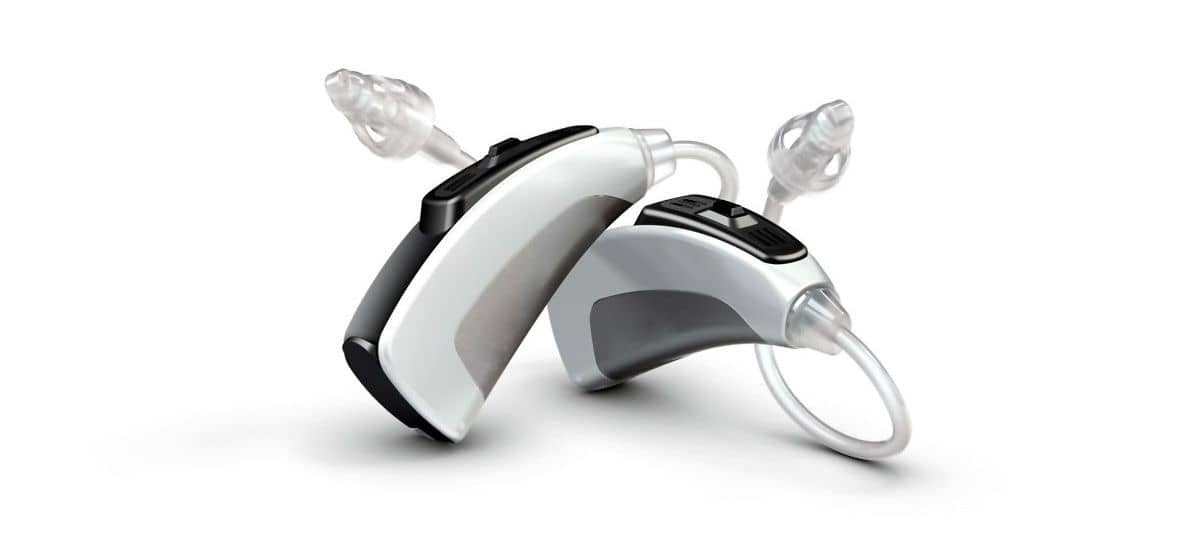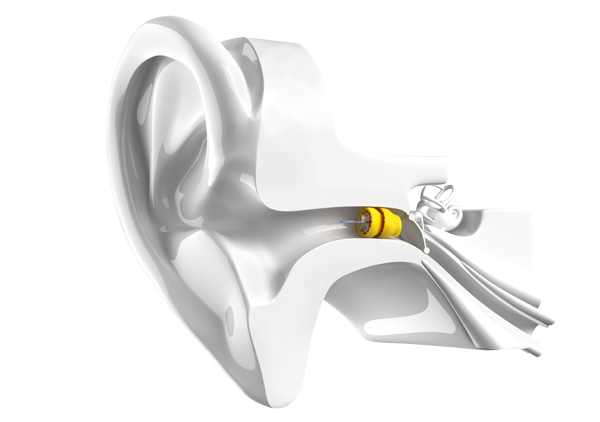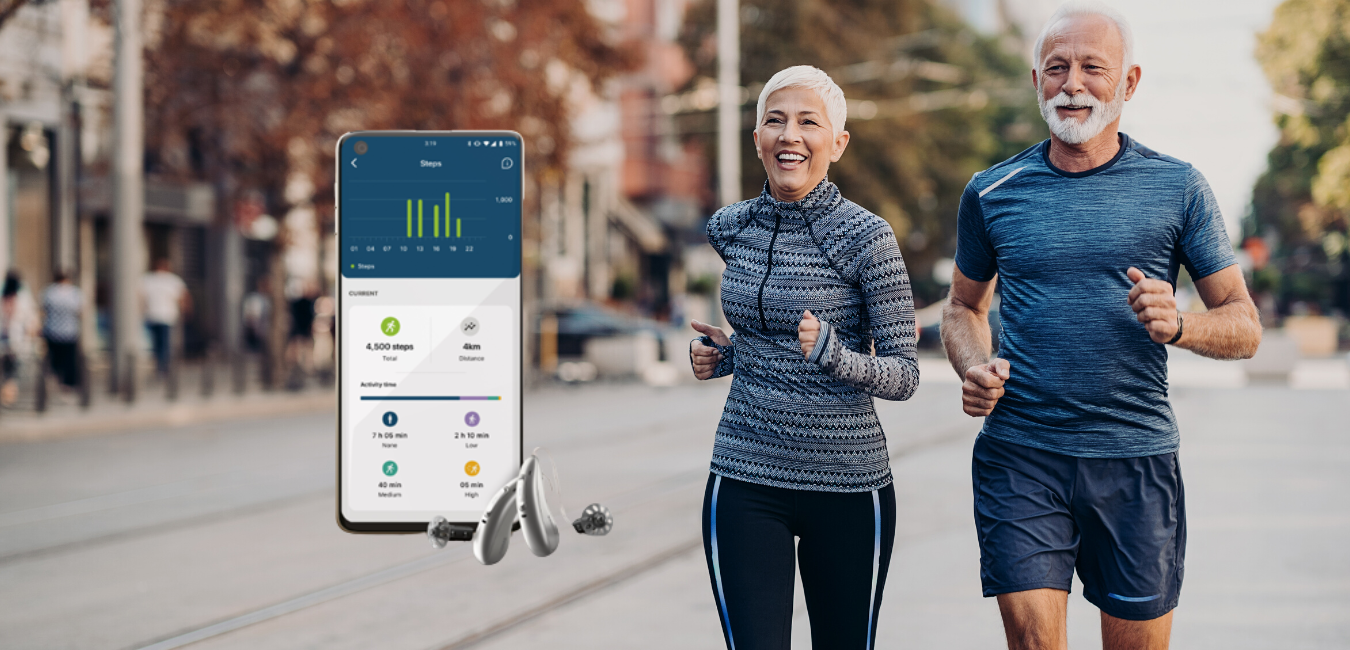How Do Hearing Aids Work?
We know that hearing aids help you hear better, but how do they work? What makes them tick, so to speak?
Backed by smart technology, the modern digital hearing aid offers clearer, more natural sounding listening for users.
There are four basic parts of a hearing aid
1. The microphone takes the sound in your environment and converts it to an electrical signal. That signal is then sent to the amplifier.
2. The amplifier takes the electrical signal, increases its strength, then sends it to the receiver.
3. The receiver, or the “speaker,” then changes the electrical signal back to sound and sends it to your ear. During this process, and depending on your hearing aid’s design, the signal will be refined to emphasize sounds that need amplification and block out or minimise unwanted sounds, like background noise in a busy restaurant.
4. The battery provides the power your hearing aids need to make all this technology work. Some hearing aids no longer even need a battery and can simply be charged using a docking station that comes with your devices.
All this processing magic is housed inside a plastic shell.
Digital hearing aids are a technological marvel
Digital hearing aids contain a silicone chip that’s made up of electrical components that are constantly processing incoming sounds. The result is a clearer, more audible listening experience.
Since digital hearing devices can distinguish between and emphasize the sounds you want to hear from the ones you don’t want to hear, these hearing instruments can provide treatment that’s customised for your specific level of hearing loss and your lifestyle.
Analog hearing aids not as powerful as digital hearing aids
By contrast, analog devices usually, but not in all cases, increase the sound of everything around you. Analog devices are not always able to distinguish between sounds that need to be amplified and those you would like to block out.
Today’s hearing aid features
The evolution of hearing aids by industry manufacturers keeps evolving to meet the demands and needs of its users. Your hearing aids will help you locate where sounds are coming from, eliminate whistling and feedback, as well as allow you to connect to all of your Bluetooth-enabled devices, like your laptop, tablet and mobile phone.
Your hearing aids may even be water-resistant or waterproof.
The most popular hearing aids are those in the behind-the-ear (BTE) style. But In-The-Ear (ITE), In-The-Canal (ITC) and Completely-In-The-Canal (CIC) styles allow users to wear invisible or near invisible devices.
Click here to call any Hearing Solutions clinic about hearing loss treatment options.








